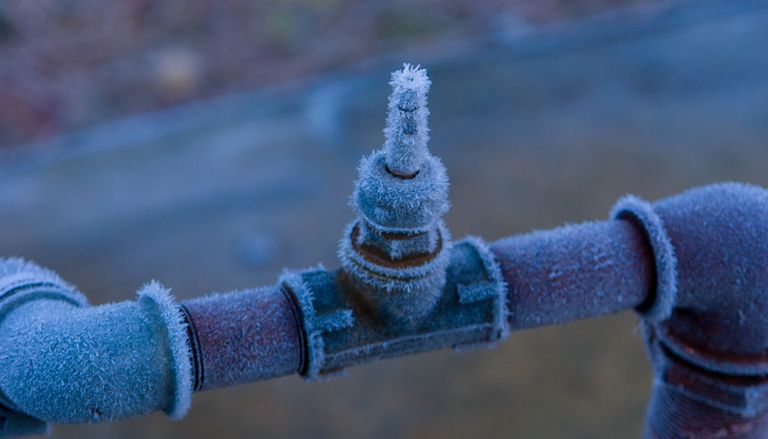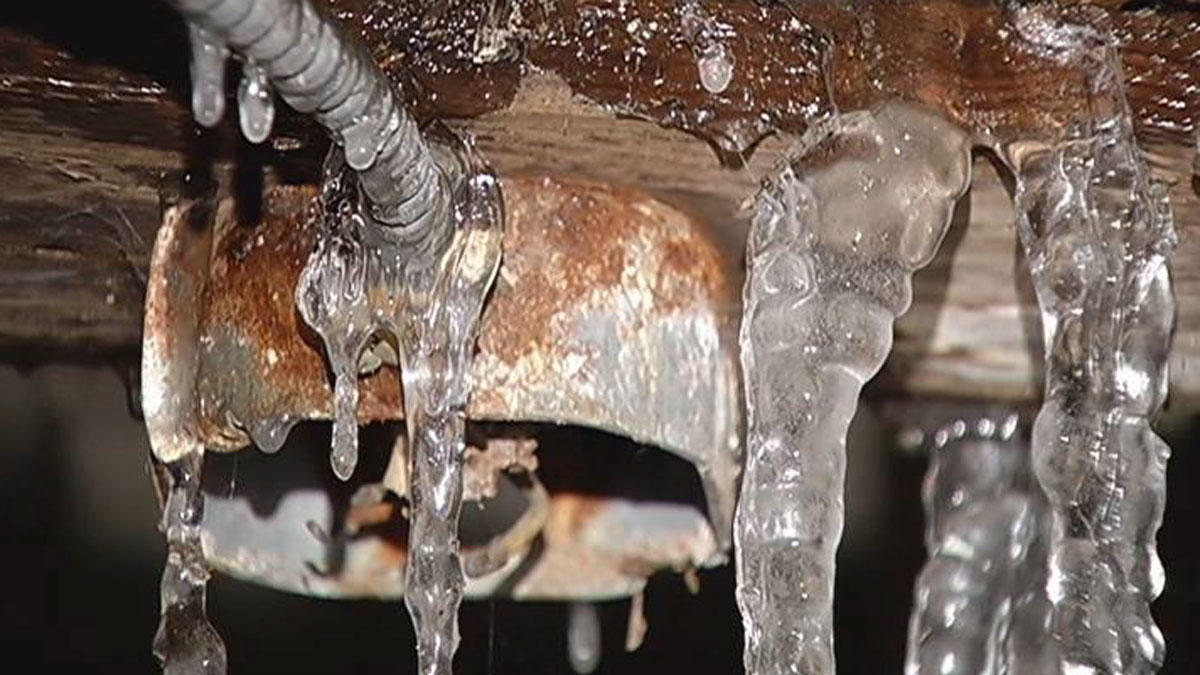Prevent Frozen Plumbing in Winter: Expert Tips
Prevent Frozen Plumbing in Winter: Expert Tips
Blog Article
What are your thoughts on How To Avoid Freezing Pipes?

Winter can wreak havoc on your pipes, particularly by freezing pipelines. Here's exactly how to avoid it from taking place and what to do if it does.
Introduction
As temperature levels drop, the danger of icy pipes boosts, possibly leading to expensive fixings and water damage. Comprehending just how to prevent icy pipes is vital for homeowners in chilly environments.
Avoidance Tips
Shielding susceptible pipelines
Cover pipes in insulation sleeves or make use of warm tape to secure them from freezing temperatures. Concentrate on pipelines in unheated or outside locations of the home.
Heating methods
Maintain interior spaces effectively heated up, particularly areas with plumbing. Open cabinet doors to allow cozy air to flow around pipelines under sinks.
Exactly how to identify frozen pipelines
Try to find reduced water flow from taps, uncommon odors or noises from pipelines, and visible frost on exposed pipelines.
Long-Term Solutions
Structural adjustments
Take into consideration rerouting pipes away from outside walls or unheated locations. Add added insulation to attics, cellars, and crawl spaces.
Upgrading insulation
Buy top notch insulation for pipes, attic rooms, and walls. Appropriate insulation aids preserve regular temperatures and minimizes the risk of frozen pipelines.
Protecting Outside Pipes
Garden hose pipes and exterior taps
Disconnect and drain yard tubes before winter months. Install frost-proof spigots or cover outside taps with shielded caps.
Recognizing Frozen Pipes
What triggers pipes to freeze?
Pipelines ice up when subjected to temperature levels below 32 ° F (0 ° C) for expanded periods. As water inside the pipes freezes, it increases, putting pressure on the pipeline wall surfaces and potentially causing them to burst.
Risks and problems
Frozen pipes can result in water system interruptions, building damages, and costly fixings. Ruptured pipes can flood homes and create substantial structural damage.
Signs of Frozen Piping
Determining frozen pipelines early can avoid them from breaking.
What to Do If Your Pipes Freeze
Immediate activities to take
If you think icy pipes, maintain faucets available to relieve stress as the ice thaws. Utilize a hairdryer or towels taken in warm water to thaw pipelines slowly.
Final thought
Preventing frozen pipelines requires positive steps and fast responses. By comprehending the reasons, indicators, and preventive measures, property owners can secure their pipes throughout winter.
5 Ways to Prevent Frozen Pipes
Drain Outdoor Faucets and Disconnect Hoses
First, close the shut-off valve that controls the flow of water in the pipe to your outdoor faucet. Then, head outside to disconnect and drain your hose and open the outdoor faucet to allow the water to completely drain out of the line. Turn off the faucet when done. Finally, head back to the shut-off valve and drain the remaining water inside the pipe into a bucket or container. Additionally, if you have a home irrigation system, you should consider hiring an expert to clear the system of water each year.
Insulate Pipes
One of the best and most cost-effective methods for preventing frozen water pipes is to wrap your pipes with insulation. This is especially important for areas in your home that aren’t exposed to heat, such as an attic. We suggest using foam sleeves, which can typically be found at your local hardware store.
Keep Heat Running at 65
Your pipes are located inside your walls, and the temperature there is much colder than the rest of the house. To prevent your pipes from freezing, The Insurance Information Institute suggests that you keep your home heated to at least 65 degrees, even when traveling. You may want to invest in smart devices that can keep an eye on the temperature in your home while you’re away.
Leave Water Dripping
Moving water — even a small trickle — can prevent ice from forming inside your pipes. When freezing temps are imminent, start a drip of water from all faucets that serve exposed pipes. Leaving a few faucets running will also help relieve pressure inside the pipes and help prevent a rupture if the water inside freezes.
Open Cupboard Doors
Warm your kitchen and bathroom pipes by opening cupboards and vanities. You should also leave your interior doors ajar to help warm air circulate evenly throughout your home.

Do you really like more info about 6 Ways to Prevent Frozen Pipes? Create a remark down below. We will be pleased to hear your opinions about this blog entry. We are looking forward to see you back again in the future. Don't hesitate to take the opportunity to distribute this blog posting if you enjoyed reading it. Thanks for being here. Don't hesitate to check our site back soon.
Go Deal Report this page